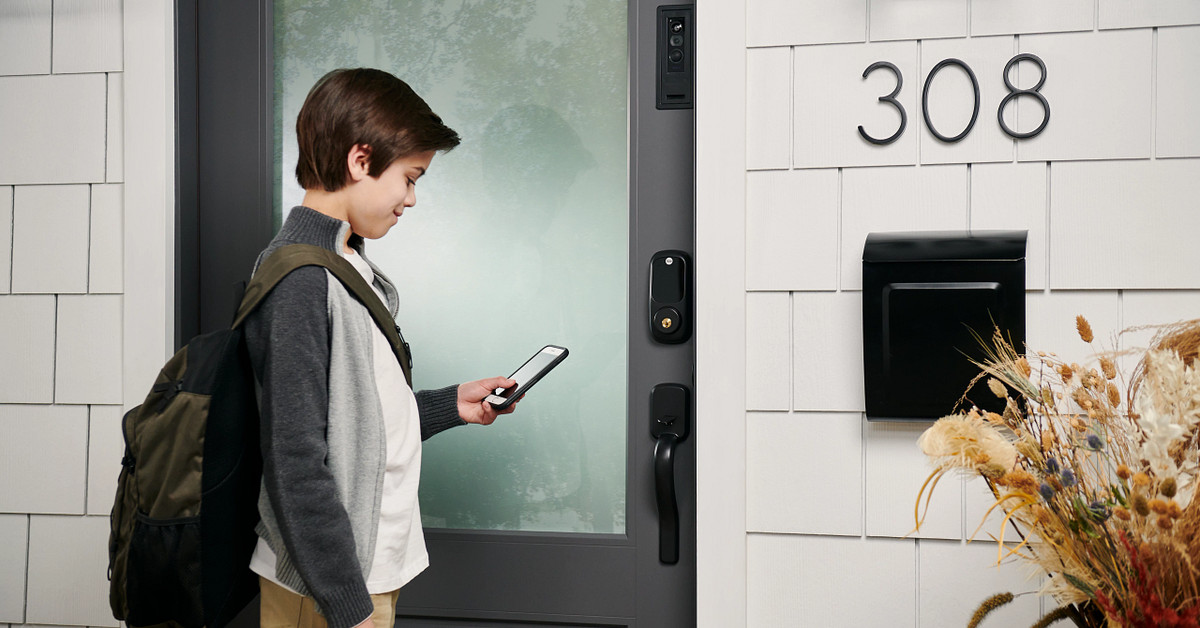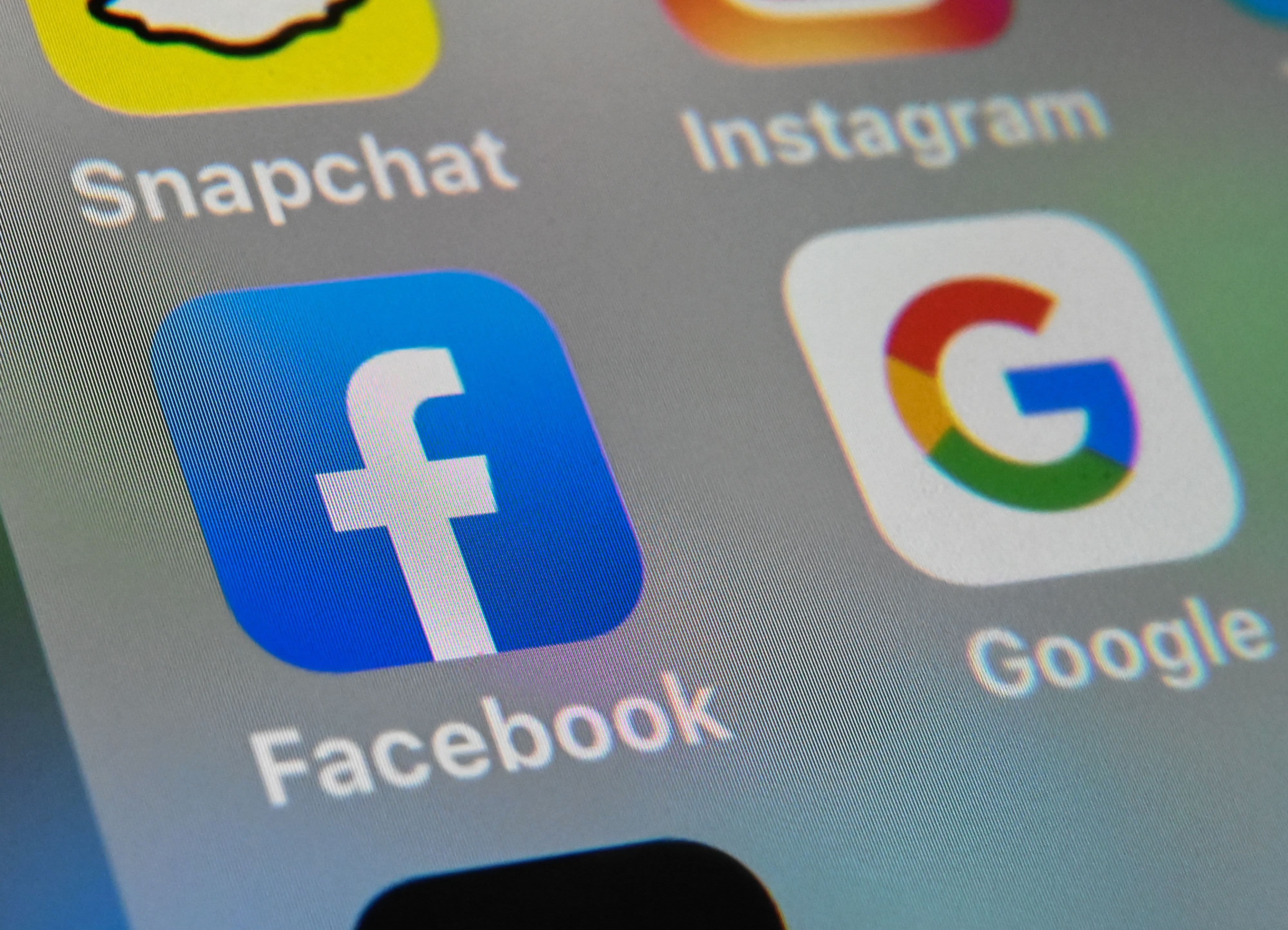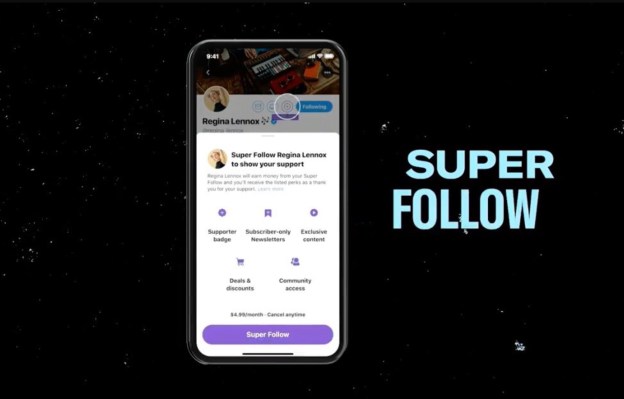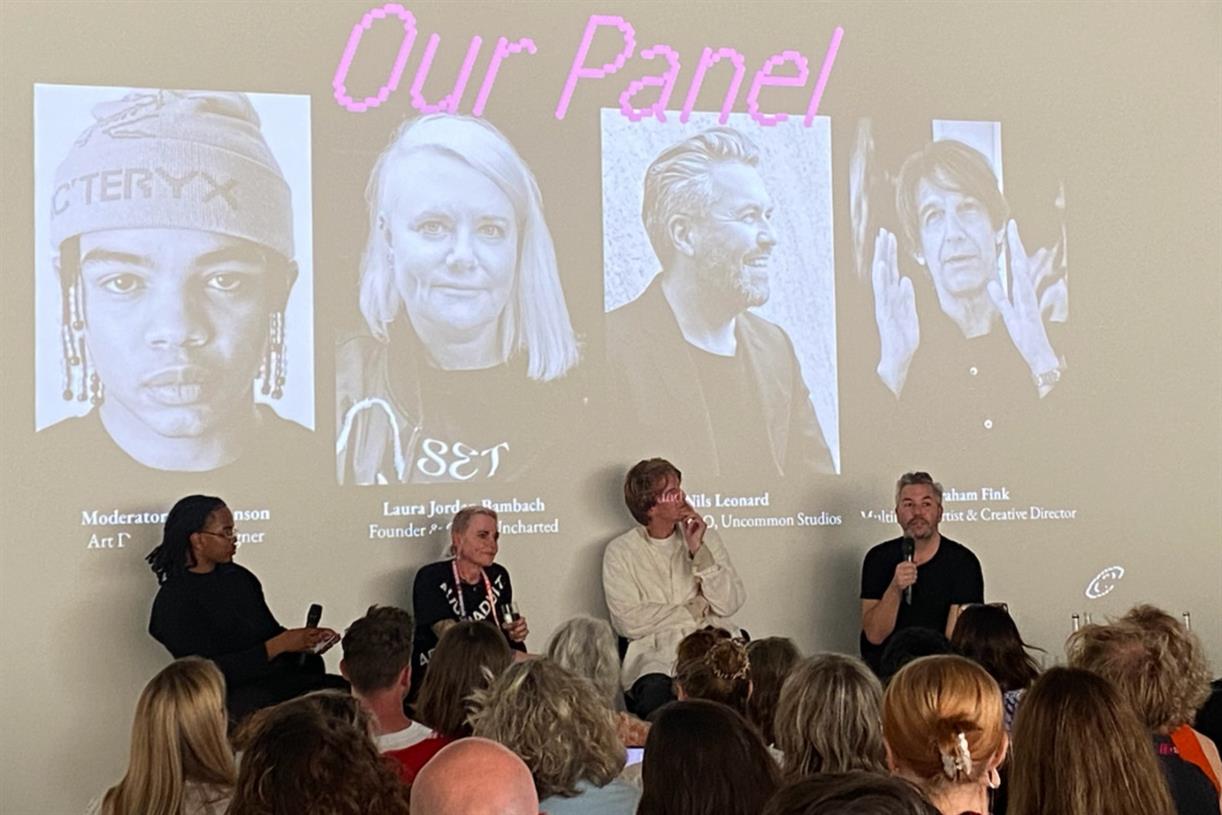Apple’s Tim Cook says AR and VR are for ‘connection’ and ‘communication’
Image: Laura Normand / The VergeAt some point in the near future, Apple’s going to launch a mixed reality headset. That seems all but certain. The exact when and what and how much? All very up in the air....
/cdn.vox-cdn.com/uploads/chorus_asset/file/23951501/VRG_Illo_STK170_L_Normand_TimCook_Positive.jpg)
At some point in the near future, Apple’s going to launch a mixed reality headset. That seems all but certain. The exact when and what and how much? All very up in the air. But one thing hasn’t changed: Tim Cook’s vision for AR and VR. For almost a decade, Apple’s CEO has been banging the drum that AR is more important than VR and that AR is fundamentally about bringing people together. And he’s still at it.
“If you think about the technology itself with augmented reality, just to take one side of the AR/VR piece, the idea that you could overlay the physical world with things from the digital world could greatly enhance people’s communication, people’s connection,” Cook told GQ’s Zach Baron in a long and very interesting profile just published by the magazine. Cook told Baron that he’s interested in collaboration; he said something about measuring glass walls; he said his thinking on glasses-as-gadget has changed over the years.
None of this is a product announcement, of course, only the latest in a long string of hints about what Apple sees in this space. Cook’s been on this particular line since at least 2016, when he said on Good Morning America that AR “gives the capability for both of us to sit and be very present, talking to each other, but also have other things — visually — for both of us to see.”
It all tracks with what we know about Apple’s forthcoming headset, too, which is reported to cost about $3,000 and will be very focused on “copresence.” It’s not all that different from Meta’s vision of the metaverse, really, except that Meta seems to imagine all of us hanging out in purely digital spaces, while Apple hopes to drop digital things into our real world. At various times over the years, Cook has said AR is a powerful technology for education, that he thinks it’ll be as common as “eating three meals a day,” and that he thinks AR is as big an idea as the smartphone. But he keeps coming back to the idea that AR should be meant to bring people together in the real world, not keep them apart or transport them to another universe entirely.
Cook also offered what sounds like an explanation for why the headset, which has been heavily rumored over the last couple of years, has taken so long to come out. “I’m not interested in putting together pieces of somebody else’s stuff,” he told GQ. “Because we want to control the primary technology. Because we know that’s how you innovate.”
“I’m not interested in putting together pieces of somebody else’s stuff.”
The whole piece is worth reading, touching on everything from Cook’s background and salary to his stance on user privacy. (On the last point, Cook again repeats Apple’s party line, saying basically that people trust Apple and the world is a scary place and everything will be a disaster if you don’t use the App Store. Nothing new there.) Cook also doesn’t do golf carts, apparently, which is a delightful detail.
Maybe the most revealing thing in the story is the way Cook explains Apple — or at least explains the way he hopes you’ll see Apple. He talks frequently about Apple’s environmental commitments, its loud fight against “the data-industrial complex,” and the way Apple is trying to help people have better relationships with technology. (Conveniently ignoring that Apple is perhaps more responsible for our phone addictions than any other company, of course.) “Because my philosophy is, if you’re looking at the phone more than you’re looking in somebody’s eyes, you’re doing the wrong thing.”
Apple, as Cook sees it, doesn’t want to make screens for you to look at instead of being in the real world — it wants to make tools to help you do even more in the real world. In the smartphone era, you could argue it often fell on the wrong side of that equation. In the mixed reality era to come, the stakes are going to get even higher, and Apple’s going to have to get it right.

 ShanonG
ShanonG 






























